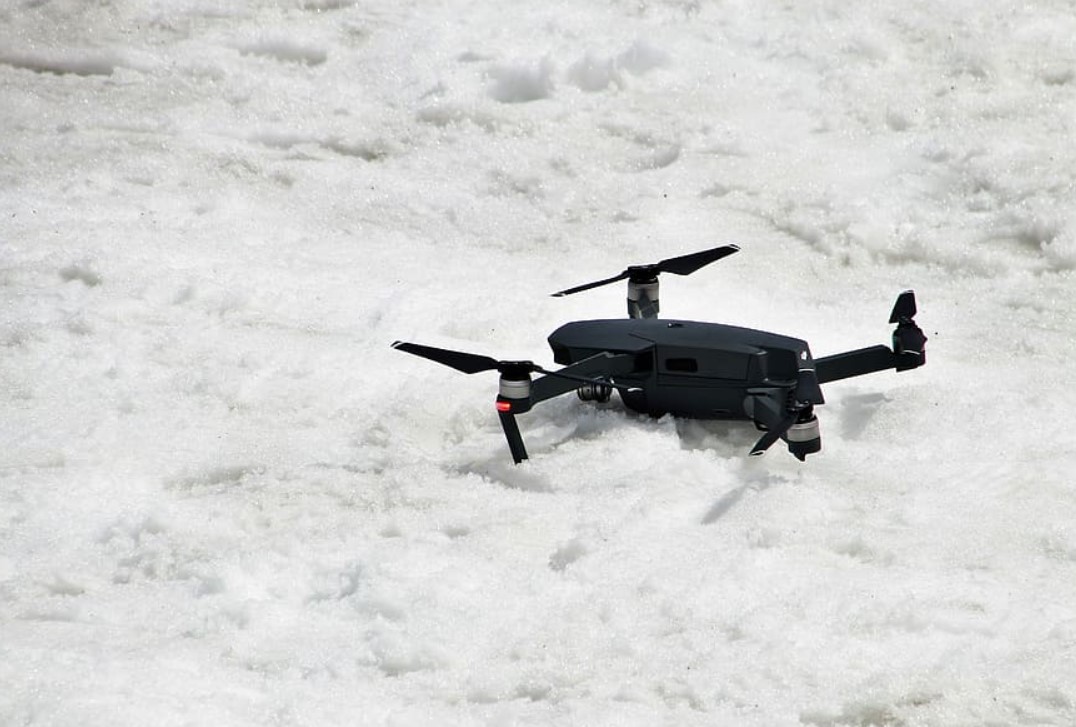Antarctica is one of the most remote and inhospitable places on Earth, but also one of the most important for understanding the impacts of climate change. However, conducting scientific research in this extreme environment is challenging, costly, and risky.
That is why a team of scientists and engineers from the British Antarctic Survey (BAS) and Windracers Ltd are testing a new technology that could revolutionize Antarctic science: autonomous drones. These are pilotless aircraft that can fly without human intervention, carrying sensors or cargo over long distances.

The team has arrived at the Rothera Research Station, the largest British science facility on the continent, to conduct a series of test flights with the Windracers Ultra UAV (uncrewed aerial vehicle). This is a twin-engine, 10-metre aircraft that can carry up to 100kg of payload for distances of 1,000km.
A Game-Changer for Polar Science
The autonomous drones have several advantages over the conventional methods of conducting Antarctic science, such as manned aircraft, ships, or ground vehicles. According to the BAS, the drones are safer, cheaper, more efficient, and more environmentally friendly.
The drones do not require a human pilot to take off, fly, or land, as they are equipped with a sophisticated autopilot system that can navigate through GPS and satellite communications. They can also withstand harsh weather conditions and continue to fly even if an engine or other components are damaged.
The drones can reduce the operational costs and logistical challenges of Antarctic science, as they can fly longer and farther than manned aircraft, which need frequent refuelling and maintenance. They can also reduce the CO2 emissions by around 90%, as they use less fuel and have lower carbon footprints.
The drones can also enable new scientific opportunities, as they can carry various sensors or instruments to collect data over large areas. They can also access remote or inaccessible regions, such as the interior of the continent or the sea ice edge, where conventional methods are impractical or impossible.
The drones are equipped with AI-driven Swarm technology, which allows multiple UAVs to coordinate themselves as a single system. This could allow them to cover more ground and perform complex tasks, such as mapping, surveying, or monitoring.
A Range of Scientific Applications
The autonomous drones have the potential to contribute to various fields of Antarctic science, such as glaciology, oceanography, geophysics, and ecology. Some of the possible applications include:
- Surveying marine ecosystems and studying the effects of climate change on krill, penguins, seals, and whales.
- Measuring the thickness and movement of glaciers and ice shelves, and detecting signs of melting or cracking.
- Investigating tectonic structures and seismic activity, and mapping the geology and mineral resources of the continent.
- Studying the interactions between the ocean and the atmosphere, and measuring the temperature, salinity, and currents of the water.
The BAS, which is part of the Natural Environment Research Council (NERC), is the UK’s polar research institute and has said it plans to automate its science platforms and reach net zero carbon emissions by 2040. Dr Tom Jordan, a BAS geophysicist specialising in airborne data collection, said the technological developments were “really exciting”.
“Polar science urgently needs extensive new high-resolution datasets to understand the ways the Antarctic ice sheet is changing, and how this will impact communities around the world,” he said. “This is our first step toward unlocking those logistical barriers.”
The project is funded by Innovate UK’s Future Flight 3 Challenge, which is sharing £73 million in funding with 16 other projects that aim to transform the future of aviation.








